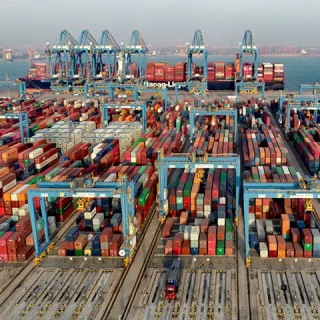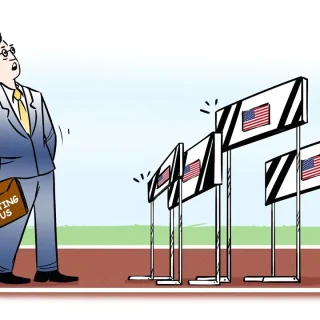The Trump Administration has recently articulated its “America First Investment Policy,” a significant policy framework aimed at reshaping the landscape of cross-border investments, particularly with regards to China. This new directive builds on the foundational policies set by both the first Trump Administration and the Biden Administration, targeting to curb Chinese investments in critical U.S. sectors and limit U.S. capital flows to China.
Overview of the America First Investment Policy The policy does not introduce new laws but delineates several proposed regulatory changes under existing legal frameworks, alongside suggestions for new legislative measures. It emphasizes enhancing national security by steering U.S. investments back into domestic advancements rather than supporting the People’s Republic of China (PRC).
Inbound Investment Strategies The policy aims to adjust the threshold for foreign investments in the U.S., especially from entities with close ties to adversarial governments like the PRC. It proposes to facilitate a “fast-track” process for investments from allied nations into U.S. advanced technology sectors, alongside speeding up environmental reviews for significant investments.
Changes to the Committee on Foreign Investment in the United States (CFIUS) are central to this strategy. Plans include broadening CFIUS’s oversight to include certain new investment types, like greenfield investments and acquisitions of farmland, and expanding the technology sectors under scrutiny. Notably, the policy intends to eliminate mitigation agreements for investments originating from Chinese entities, potentially leading to an outright block on more Chinese investments.

Outbound Investment Limitations Parallel to tightening inbound investment controls, the policy proposes stringent measures to restrict U.S. investments heading towards China, specifically targeting sectors that could bolster the Chinese military and technological capabilities. Tools cited include enhanced economic sanctions and broader regulations against purchasing securities from select Chinese firms.
The policy also underscores the role of U.S. academic institutions, urging them to sever investment ties that may indirectly support China’s strategic sectors, likening it to the necessity of distancing from terrorism supporters.
Broader Restrictions and Legal Considerations Beyond direct investment restrictions, the policy explores various legal mechanisms to curtail Chinese access to U.S. capital markets. These include potential reevaluations of the U.S.-China Income Tax Convention, leveraging ERISA to block Chinese firms from U.S. pension contributions, and scrutinizing the operation of variable interest entities on U.S. stock exchanges.
Implications and Strategic Outlook This policy signals a robust continuation of the Trump Administration’s focus on mitigating the perceived national security risks associated with Chinese capital. It specifically targets the dual concerns of safeguarding sensitive U.S. industries and preventing U.S. investments from supporting Chinese military and technological advancements.
While primarily aimed at China, the policy also implicates other nations considered adversaries, though existing sanctions largely cover these interactions. Entities engaged in U.S.-China investment channels must now navigate an increasingly complex regulatory environment, anticipating stricter controls and possibly new compliance requirements.

The America First Investment Policy represents a pivotal shift in the U.S. strategic approach to international trade and investment, emphasizing a rigorous national security stance coupled with a clear preference for bolstering domestic economic interests over foreign engagements.










